
Keeping kids safe can be challenging, even at home. As they get older, more curious and more mobile, it can feel like danger lurks around every corner. While it’s nearly impossible to eliminate risks completely, there are some steps you can take to make your home a little safer for your little one and give you peace of mind as a parent.
Here are some tips and products for babyproofing your home!
Psst… Check Out Expert Tips on Keeping Kids Healthy this School Year!
Keeping Cupboard Doors Closed
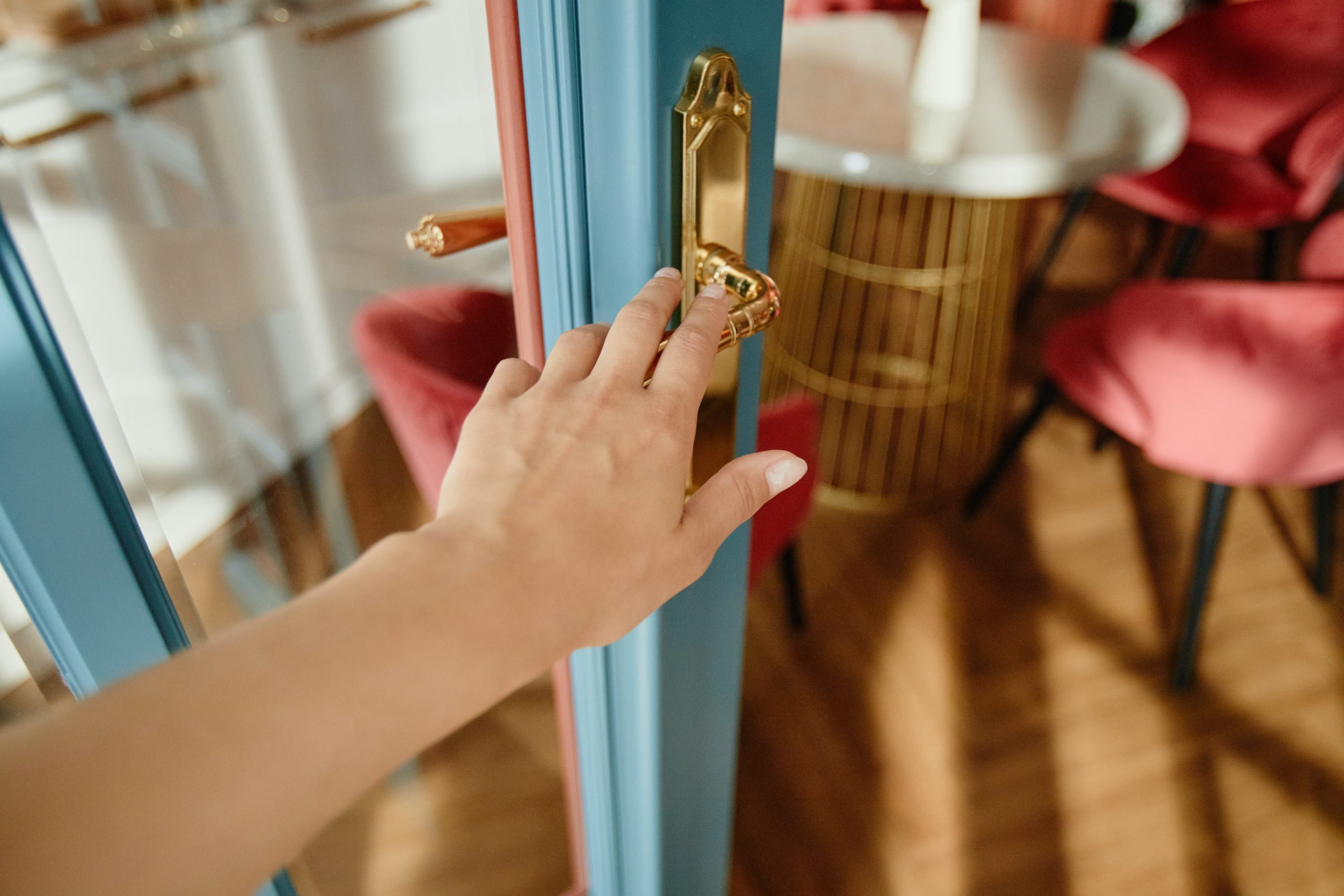
Whether your cupboards are storing food or cleaning chemicals, it’s a good idea to babyproof your cabinets and pantry. There are plenty of options for cabinet locks. You can even find choices that don’t require drilling to install.
If you’re afraid that bulky over-handle cabinet locks will look out of place in your kitchen, try an option like the Safety 1st Magnetic Locks. These locks are mounted to the inside of your cabinet doors and can be unlocked with a magnetic key. It’s easy to install and they’re strong enough to keep curious kids out.
Taking safety one step further, consider keeping dangerous items, like cleaning chemicals or medicine, in higher cabinets that small children won’t be able to reach.
Take The Edge Off Sharp Corners
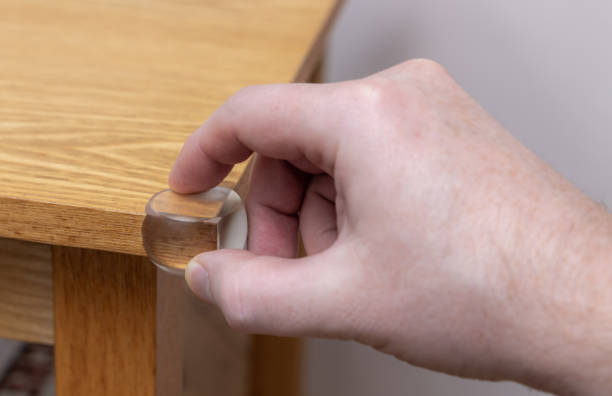
As your child becomes more mobile, it becomes more important to babyproof sharp corners on furniture to prevent head injuries. Sure Basics makes corner guards that can be installed in minutes. They come pre-taped and can be attached to sharp corners on tables and furniture.
There are also clear and transparent options if you’re looking for a design that blends in more.
Covering Electrical Outlets In Walls and Electrical Cords
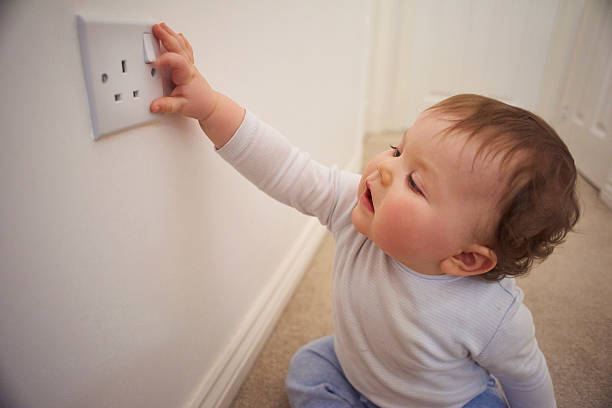
Outlets and power cords are some of the most important places to babyproof when you have a little one in the house. Covers and guards are the easiest way to babyproof outlets. There are different kinds of guards to choose from depending on what kind of outlet you have and the needs of your family.
Plastic outlet covers can be purchased in bulk for low cost and are easy to install, but children can learn how to pull them out as they get older and they can present a choking hazard. Outlet boxes are a good choice for big appliances that are plugged in permanently, like washers and dryers or refrigerators.
They even make self-closing outlet covers. While they’re a little more work to install, they’re considered one of the most effective outlet covers for keeping children safe.
Electrical cords can be a hazard to kids, too. You can reduce some of these hazards by getting a cord shortener or cover, strapping cords down or wrapping them.
You can take additional precautions around electricity in your home by avoiding leaving appliances plugged in, setting rules about who can turn appliances on and off and avoiding putting eye-catching objects near outlets.
Adding Baby Gates To Your Home
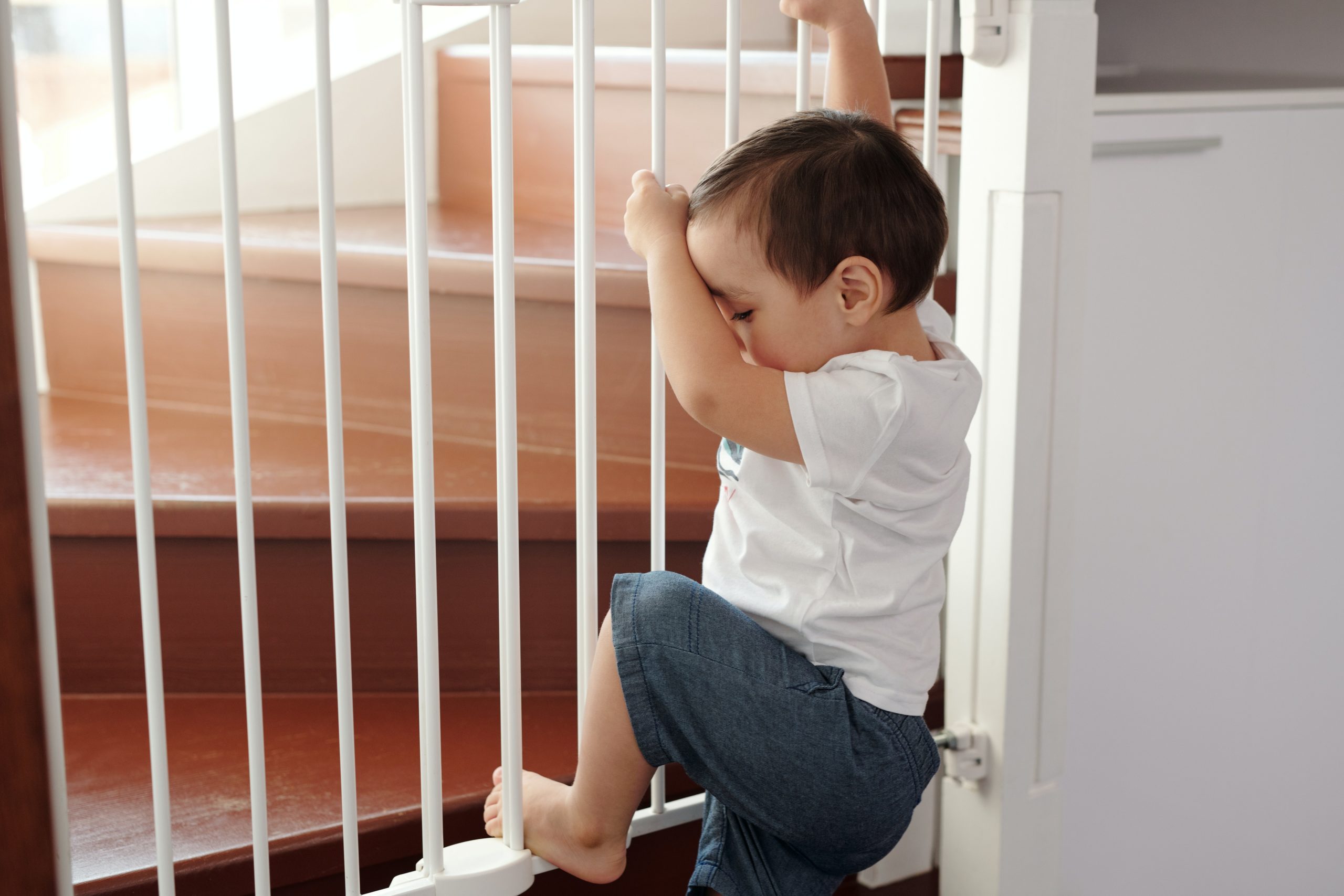
Baby gates are great tools for keeping your house safe, especially when your baby starts to move around more. Places to put baby gates include the top and bottom of staircases and doorways into areas that can be dangerous for children, like the kitchen or the bathroom.
When installing baby gates, make sure that there’s less than two inches of space between the bottom of the gate and the floor. If you go for an option with vertical slats, make sure they’re fewer than six centimeters apart.
Look for options that are certified by the American Society for Testing and Materials and Juvenile Products Manufacturers Association (ASTM/JPMA).
Making Rugs Slip-Proof
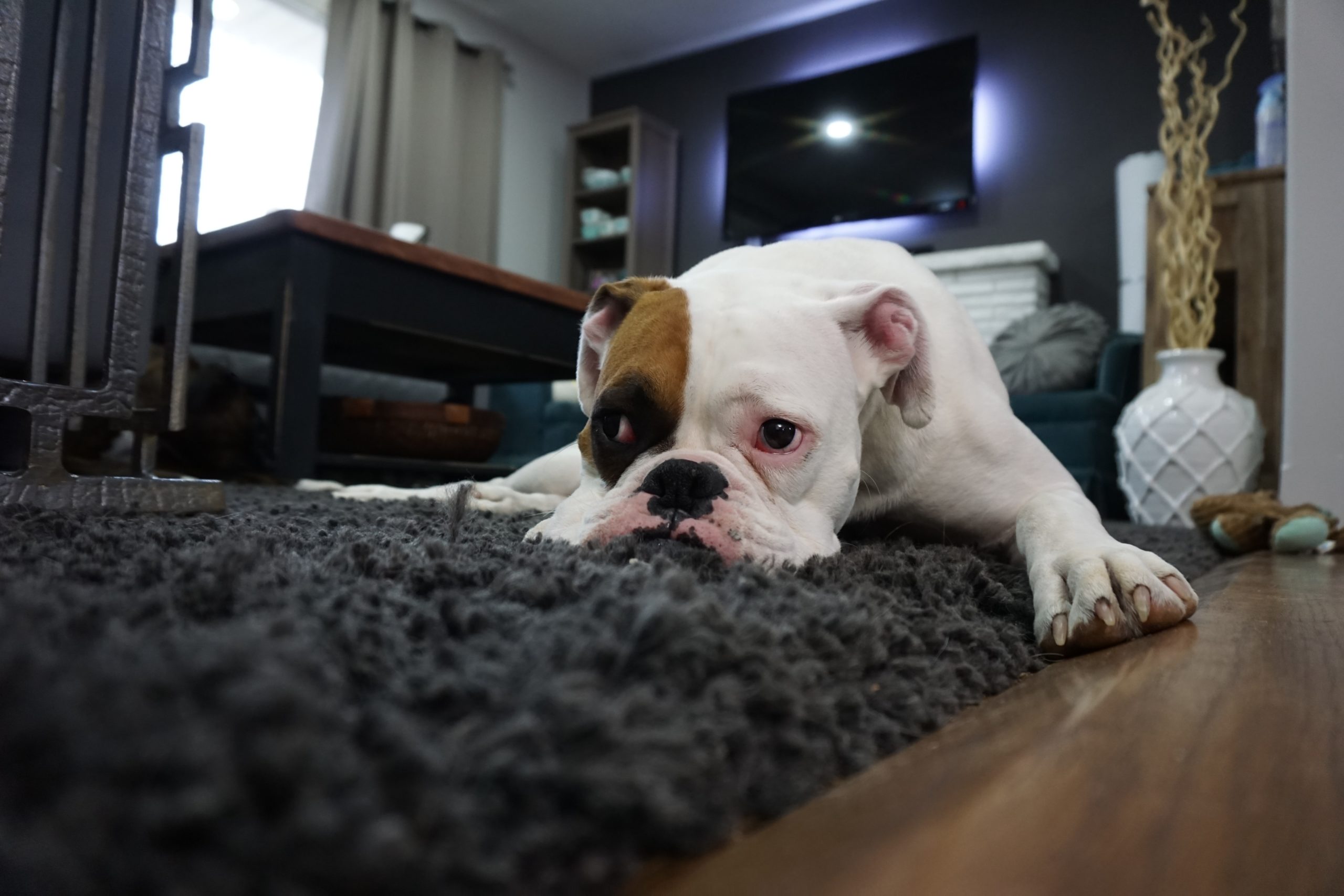
Rugs can easily slide on hardwood floors, making them hazardous for babies and toddlers. There are plenty of rugs on the market with slip-proof bottoms. But if you’re looking to make a rug that you already own slip-proof, consider investing in a anti-slip mat to place underneath.
Child-Proofing Air Vents
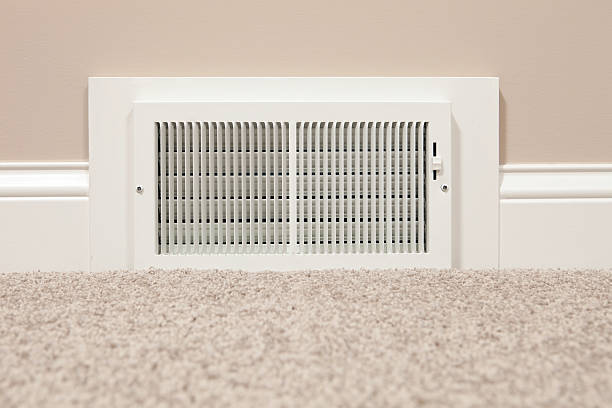
While air vents may not be the first thing that comes to mind when you’re thinking about babyproofing your home, they can present some troubles if you have small children at home. Babies can drop small items into floor vents, which can lead to damage to the vents themselves (on top of potentially losing valuable items).
Additionally, your child could get their fingers stuck in the vents. To babyproof your air vents, make sure the registers are secured so your child won’t be able to lift them out of place. Look into getting a screen cover for floor vents to prevent items from being dropped inside.
If you want to take extra steps, look into plastic vents if you’re concerned about your child cutting their fingers on metal vents.
Shortening Pull Cords
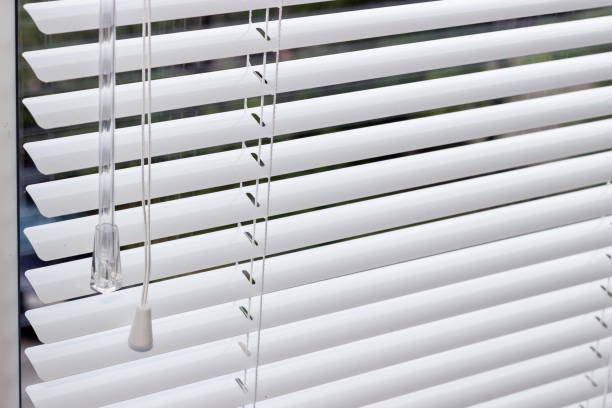
While window blind cords have some design features to make them safer for children, there are still ways you can make them even safer. Blind cord cleats can secure the cords safely out of children’s reach. If you’re looking to get new blinds installed in your house, try looking for cordless options.



